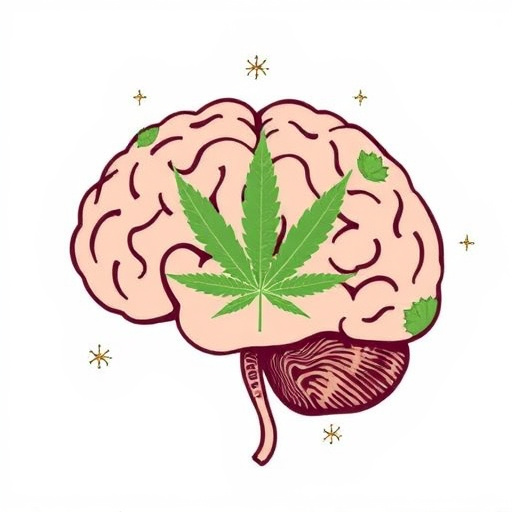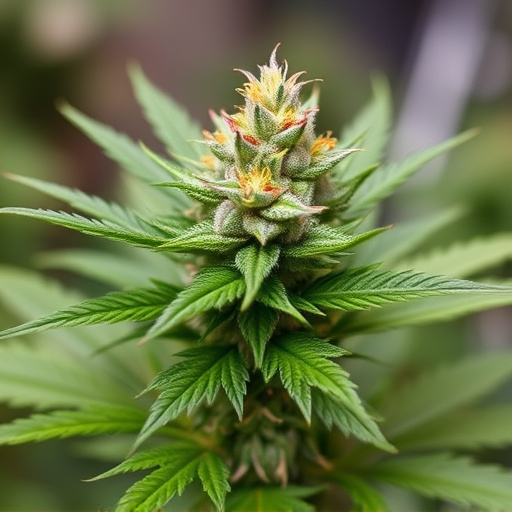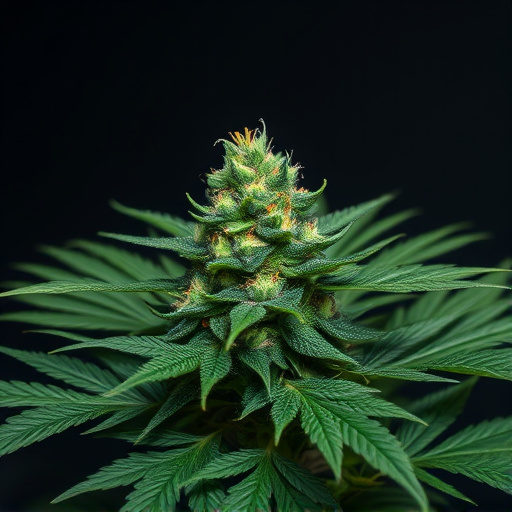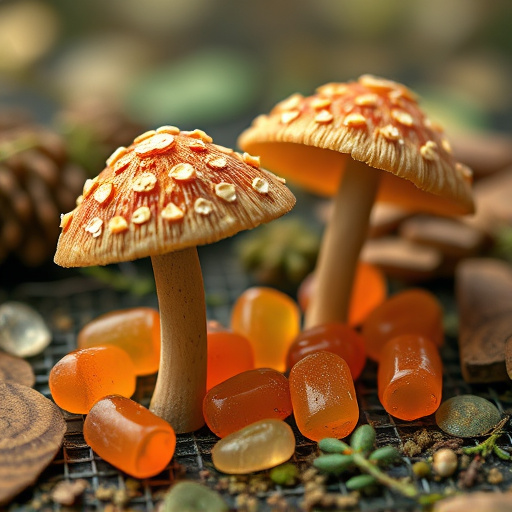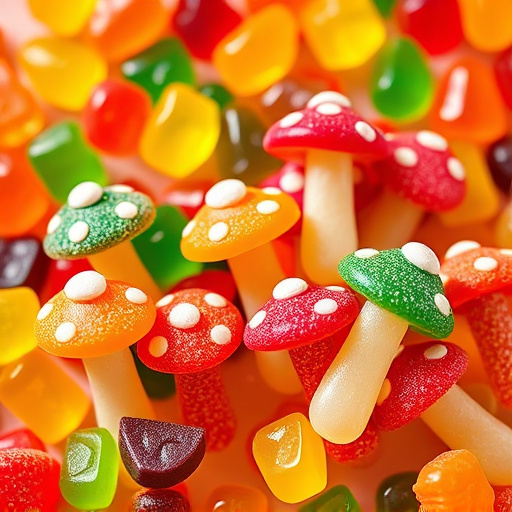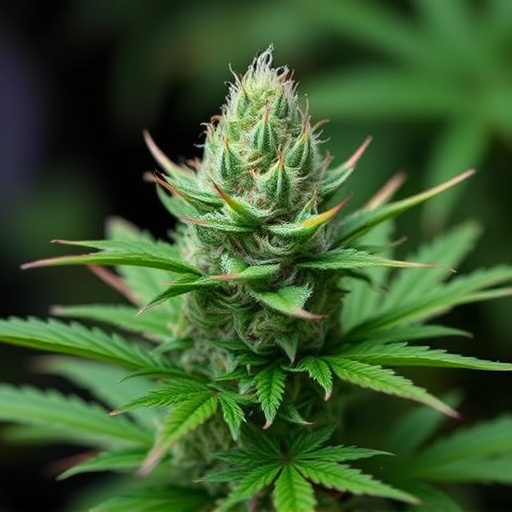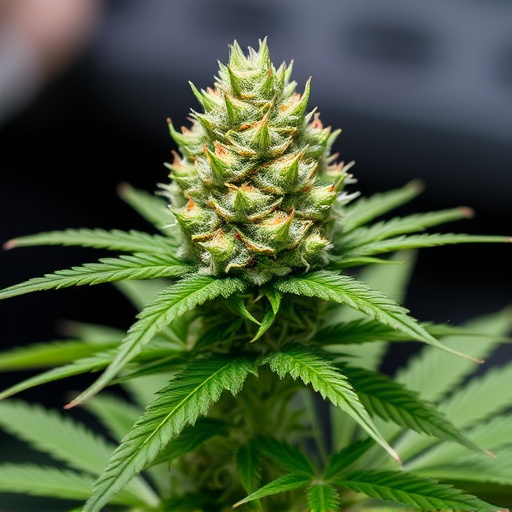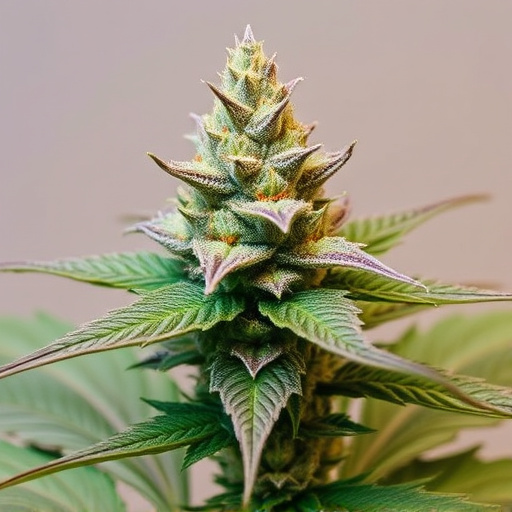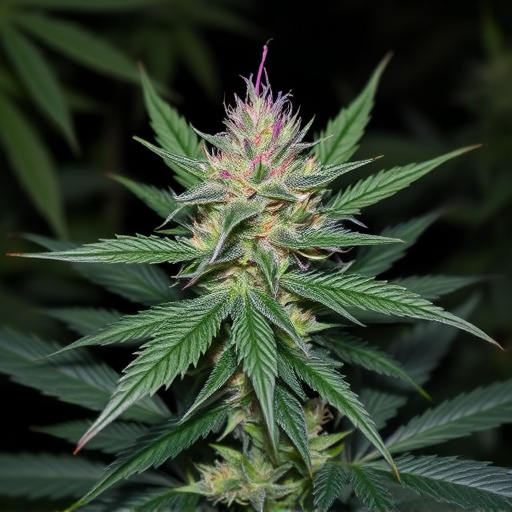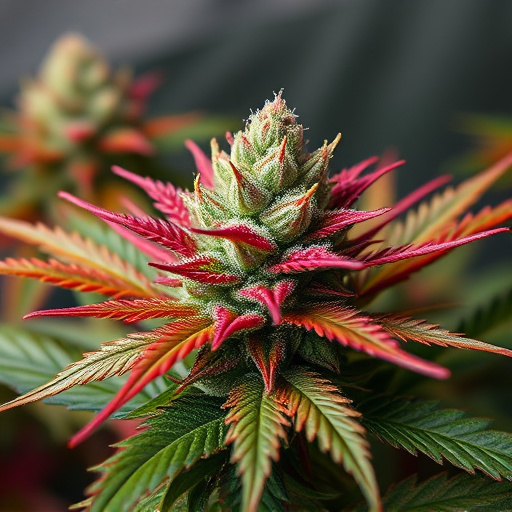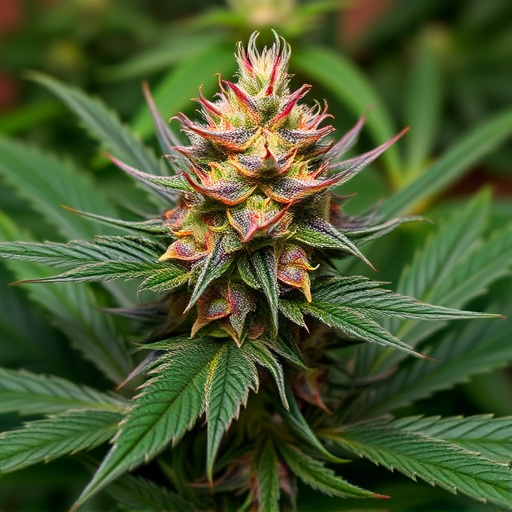Cannabis aging significantly alters its potency and effectiveness due to the degradation of cannabinoids and terpenes over time, accelerated by heat, light, and oxygen exposure. This variability affects strains' chemical profiles and effects. The rise of new cannabis strains drives industry standardization through advanced cultivation and genetic modifications. Consumers can make informed choices about desired effects by understanding cannabis aging, differentiating natural aging from synthetic drugs. While older strains offer nostalgic experiences, newer varieties provide consistent potency and diverse terpene profiles. The choice between them ultimately depends on personal preference.
Can old weed still get you high? Despite popular belief, age doesn’t necessarily diminish cannabis’s potency. In fact, some claim older specimens can offer a more intense experience. This article explores the science behind cannabis aging and its impact on the ‘high’. We delve into factors affecting potency, and compare new cannabis strains with their elder counterparts, shedding light on which might deliver a better buzz in today’s market.
- Understanding Cannabis Aging and Potency
- Factors Affecting the 'High' from Old Weed
- New Cannabis Strains vs. Older Varieties: A Comparison
Understanding Cannabis Aging and Potency

Cannabis, like many natural products, undergoes aging processes that can impact its potency and effectiveness. When cannabis plants are harvested and cured, various compounds, including cannabinoids and terpenes, can degrade or change over time. This aging process is often accelerated by factors such as exposure to heat, light, and oxygen. As a result, older cannabis may have different chemical profiles compared to newer strains, leading to varying levels of potency and desired effects.
The development of new cannabis strains has led to an increased focus on standardization and quality control in the industry. Modern cultivation techniques and genetic modifications aim to preserve or enhance specific cannabinoid content, ensuring consistent potency across batches. However, understanding that cannabis ages differently from synthetic drugs is crucial for consumers. This knowledge empowers them to make informed choices, especially when seeking particular effects or medicinal benefits associated with specific cannabinoid levels.
Factors Affecting the 'High' from Old Weed
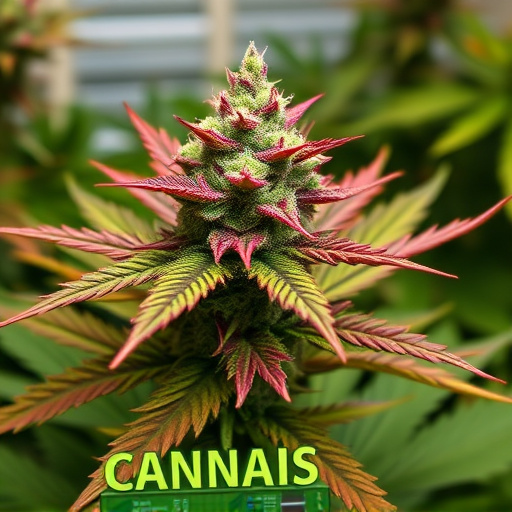
The potency and effectiveness of an old weed’s “high” depend on various factors. Firstly, the age of the plant itself plays a significant role. As cannabis plants mature, their chemical composition shifts, often resulting in altered effects. Terpenes, responsible for aroma and flavor, can evaporate or change over time, potentially impacting the overall experience.
Additionally, storage conditions are critical. Exposure to light, heat, and humidity can degrade cannabinoids like THC and CBD. New cannabis strains, known for their carefully cultivated and optimized compositions, offer consistent experiences, while older specimens may present unpredictable results. Despite age, dedicated enthusiasts often seek out vintage strains for their unique flavors and memories associated with them.
New Cannabis Strains vs. Older Varieties: A Comparison
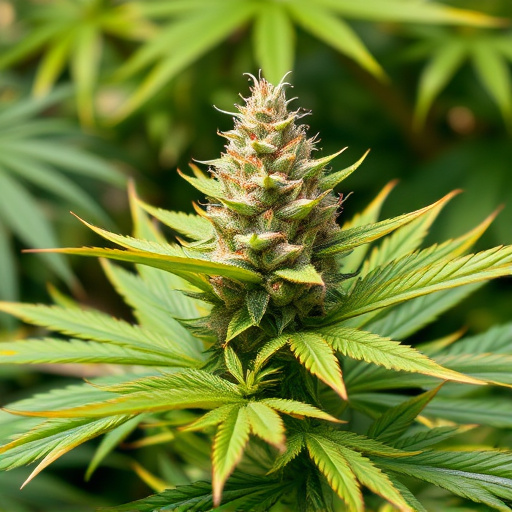
Cannabis enthusiasts often find themselves torn between the allure of new cannabis strains and the nostalgia of older varieties. New strains, developed through advanced breeding techniques, boast unique characteristics such as enhanced THC levels, diverse terpene profiles, and novel effects. These modern cultivars can offer more intense highs and tailored experiences for specific preferences. However, it’s important to remember that age doesn’t necessarily equate to a diminished high. Older cannabis varieties still contain psychoactive compounds like THC, which remain consistent over time if stored properly.
The comparison between new strains and old lies not just in potency but also in variety. New cannabis strains often represent a broader spectrum of genetic diversity, allowing cultivators to explore novel flavors, aromas, and effects. In contrast, older varieties may offer a more limited range of traits but can still provide a familiar and comforting experience for those who grew up using specific strains. Ultimately, the “best” choice depends on individual preferences and desired outcomes, whether seeking intense euphoria or a more familiar, nostalgic high.
While old weed may still contain residual THC, its potency and ability to induce a satisfying ‘high’ often diminish over time due to various factors. The comparison between new cannabis strains and older varieties reveals significant differences in terpene profiles and genetic modifications, significantly impacting the overall user experience. As cannabis continues to evolve, understanding these changes is essential for consumers seeking optimal effects. Therefore, opting for fresh, high-quality strains from reputable sources ensures a more consistent and enjoyable journey into the world of cannabis.
